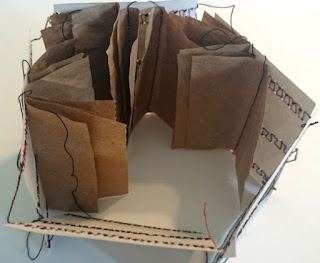For this Module I have set myself a steep challenge- I have decided to try and get it completed by the end of September the latest. Considering most modules so far have taken me the best part of a whole year to do, this on the surface sound impossible! I do however for the first time have the whole of the school summer holidays (school work aside) and I have a strong determination to try and make this work. The main reason for this is that I need to have completed the whole course by the end of Spring 2016 in order to achieve the City and Guilds qualification and there is still module 6 to consider which will need to be completed at the peak of my teaching demands on my time. Here goes....
Module 5: Texture in Landscape- gathering inspiration
To start this module I took my camera outside in and around my garden/local area and got very snap happy at the nature and landscape around me. Afterwards, while looking through literally the hundreds of pictures I took i found myself naturally drawn towards ones that focused on plants and the patterns made with their leaves, twigs and bark however there were other subjects that also looked interesting such as gravel and brick textures.
Manipulating the images to enhance them
I chose about 25 images that I felt gave an interesting range of implied patterns and textures. Not all of these however displayed much contrast and I found the colour in the photographs to be distracting so I took each image and using Photoshop I turned the photographs into Grey-scale and played with the levels and contrast tools in order to bring out the patterns and textures even more.
Also using Photoshop I tried various filters to see if I could enhance these patterns and contrasts further. I found the most successful filters to be in the 'sketch' menu- the first being 'Photocopy' and the second 'stamp'. Both these specific filters reduced the image further into black and white contrasts but did so in different ways. Finally I combined each version of each picture chosen as you can see in the following pictures and then selected 14 of these that I felt worked the most successfully overall.
I intend to keep open minded to the images I will ultimately use- there is a lot of potential to really focus in more narrowly on the images here I have selected at this stage or even to regress back to my earlier photographs and filter experiments that I have chosen to reject at this early stage.
 |
| 5/1/1 |
 |
| 5/1/2 |
 |
| 5/1/3 |
 |
| 5/1/4 |
 |
| 5/1/5 |
 |
| 5/1/6 |
 |
| 5/1/7 |
 |
| 5/1/8 |
 |
| 5/1/9 |
 |
| 5/1/10 |
 |
| 5/1/11 |
 |
| 5/1/12 |
 |
| 5/1/13 |
 |
| 5/1/14 |










































